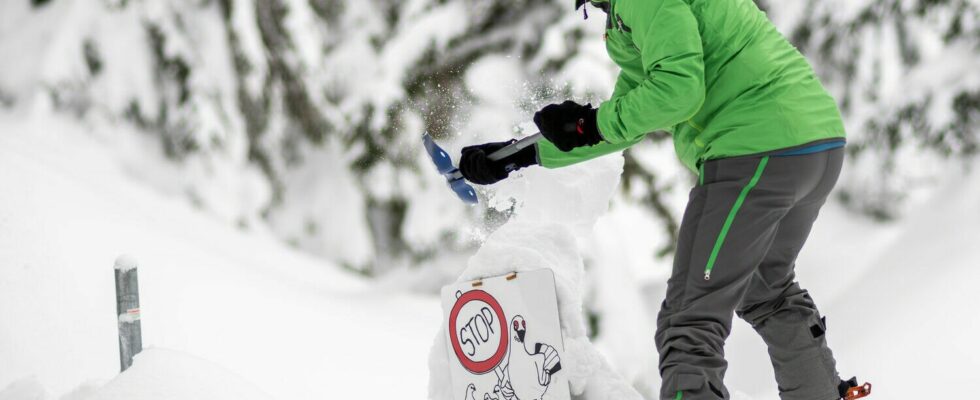This year, many Styrians are once again enjoying the winter with a ski tour on the local mountains. Conservationists are calling for more caution regarding flora and fauna.
The sharp edges of the skis are “deadly” for young trees, and anyone who moves in the habitat of snow grouse, black grouse or capercaillie can cause lasting damage to the animals. In the Gesäuse National Park, for example, Andreas Hollinger explains: “These chickens can easily be covered in snow. When a skier comes along, they flutter open at the last moment. That’s a huge stress for them.”Where the chickens live, they try to guide the ski tourers, with signs, but also through rangers. “They trace the tours in the morning, which others then follow.” In principle, almost all winter sports enthusiasts adhere to the guidelines and only go where they do not disturb any wild animals. “However, there are always black sheep,” says Hollinger. 90 percent adhere to the guidelines. In the Mürzer Oberland Nature Park, where on good days up to 150 touring cars park at the Preiner Gscheid parking lot, a guidance system has been established to protect young trees . The guidance system is adapted and improved every season. “Overall, we were pleasantly surprised; 90 percent of people adhere to the system,” says spokesman Andreas Steininger. “Rules also serve your own safety.” In order to convince the few who do not adhere to the guidelines, the Federal Forests are now calling for more consideration. Wild animals can only survive the cold season well if they are not disturbed. “Observing certain rules serves to protect nature and the animals living there as well as your own safety,” says Andreas Gruber, board member of the Austrian Federal Forests. These tips In order not to come into conflict with nature, you should keep in mind: Stay on marked paths and routes and avoid noise so as not to unnecessarily alarm wild animals. Because they are masters at saving energy: They lower their heart rate, slow down their circulation, switch to “energy-saving mode”, so to speak, draw on their fat reserves and need relaxation rooms where they can retreat. In open terrain, avoid tours at dusk or at night. This is the time for many animals to eat. The edge of the forest should only be crossed in a direct line and snow-free areas should be avoided: they are the favorite places of wild animals. Respect game rest areas and keep your distance from staging areas and feeding areas. Such areas help direct wildlife to certain areas in the winter. Protective forests that protect against avalanches, snow masses, mudslides and other natural hazards should be protected and not driven on. According to the Austrian Forestry Act, entering and driving through young forests below a height of three meters is prohibited. When descending, the sharp edges of the skis can cause major damage to the young trees under the snow. With more consideration, nothing stands in the way of a lovely ski tour.
source site-12
